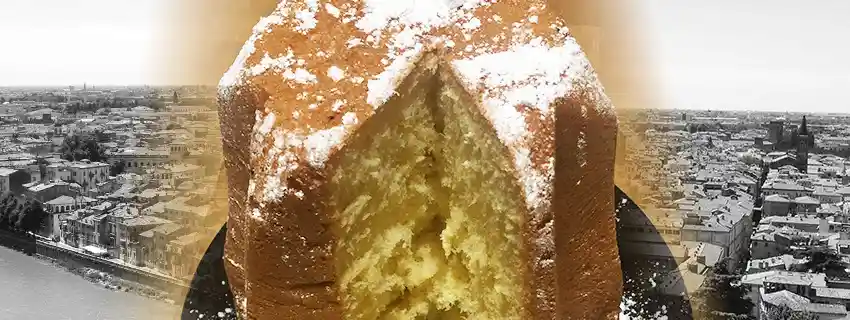Published:
Author: Antonio Maria Guerra
The History of Pandoro
THE ORIGINS OF THE SWEET CHRISTMAS BREAD FROM VERONA

Although the history of Pandoro, the sweet bread from Verona, goes back to classical times, it was thanks to a skilled pastry chef, Domenico Melegatti, that, at the end of the 19th Century, this delicacy became one of the symbols of the Christmas cuisine in Italy. Let’s discover its origins, embarking on a delicious journey full of curiosities and interesting facts. Enjoy reading!

Pandoro: history.
Pandoro, as we know and love it today, is one of the very few sweets whose name and date of birth are known with certainty, namely 14 October 1894. It was on that day, at the turn of the century (*1), that the Veronese confectioner Domenico Melegatti filed a patent for his exquisite invention, recognizable by its typical truncated cone shape with an eight-pointed star section (*2).
While the above is undisputed, the source of Domenico’s inspiration continues to elude experts and connoisseurs. There are many opinions: some speculate that the ancestor of pandoro could be a ‘panis’ with golden hues, dating back to the 1st century A.D., prepared with butter, flour and oil by the cook Vergilius Stephanus Senex and mentioned several times by the famous writer Pliny the Elder.
Without going too far back in time, it’s worth mentioning the ‘Levà’: a cake that was once prepared in Verona on Christmas Eve, consisting of a leavened dough, covered with a grain of sugar and almonds.
It’s also worth mentioning the many ‘pan de oro’ and ‘pan di natale’ (both Christmas breads) that have followed one another over the years, with different recipes: above all, that of the convent of San Giuseppe in Fidenzio (*3).
The main ‘suspect’, however, is the so-called ‘Nadalin’, born (probably) in the 13th century, at the time of the Della Scala family (*4), and produced still today (*5): much lower than the Pandoro, it’s also more compact, less buttery and topped with grains of sugar, pine nuts, and almonds. Finally, a detail not to be underestimated, it’s star-shaped (*6).
Melegatti’s merit would have been to ‘lighten’ the Nadalin, making it softer. Moreover, by eliminating the topping, he would have allowed his specialty to rise and grow vertically (*7). The new shape, with eight points, would be nothing more than a ‘modernization’ of the original.
Thanks to the immediate success of his Pandoro, Melegatti founded a renowned confectionery company that now exports the delicacy worldwide.
Notes:
*1: In fact, the specialty had been advertised at least a year earlier, with an advertisement inviting people to buy the ‘exquisite Pan d’Oro’.
*2: The shape was invented by a friend, the impressionist painter Angelo Dall’Oca Bianca.
*3: ‘Pan di Natale’ (‘Christmas bread’), insisted on by Andrea Brugnoli, a great expert on the subject.
*4: The Della Scala dynasty ruled the city of Verona for an impressive 125 years, from 1262 to 1387.
*5: In 2012, ‘Nadalin’ obtained the De.C.O. certification, Denominazione Comunale d’Origine, a legal instrument used to promote and protect a particularly typical product.
*6: The ‘Nadalin’ still has many admirers, especially among the Veronese citizens. After Pandoro’s international success, they consider it as the most traditional preparation.
*7: It’s possible that Melegatti, in promoting this development, was following the canons of Austrian confectionery. This is not surprising, given the long Habsburg domination of the city of Verona.
The history of Pandoro: Verona, the birthplace of the specialty.
Verona is undoubtedly the ‘craddle’ of Pandoro as we know it today. The city is located in the north-east of the Italian peninsula and is home to iconic places such as the famous Arena, a precious legacy of the Classical era, and Piazza delle Erbe, surrounded by splendid medieval and Renaissance palaces. Moreover, is it possible to forget that this is the setting of the poignant love story between Romeo and Juliet? With all this in mind, it’s not surprising that such a rich heritage of culture and, above all, charm, has contributed to the flavor of the sweet specialty that, in time, has become one of the symbols of Italian Christmas.



The history of Pandoro: the origin of the name.
There is no doubt that the name pandoro comes from the combination of the words ‘bread’ and ‘gold’, with a clear reference to the golden color of its inside, due to the skillful use of butter and eggs as ingredients. According to some scholars, the appellation dates back to the 13th century, when a “pan de oro” (“golden bread”), covered with thin leaves of the precious metal, was served at the tables of the richest citizens of the Republic of Venice (a town not far from Verona). It’s worth mentioning that this delicacy was probably quite different from the one we know today. Finally, it is worth noting the legend that Pandoro owes its name to the exclamation of a shopkeeper who, amazed by the reflections of the specialty, exclaimed: “l’è proprio un pan de oro!” (“it really is a golden bread!”).
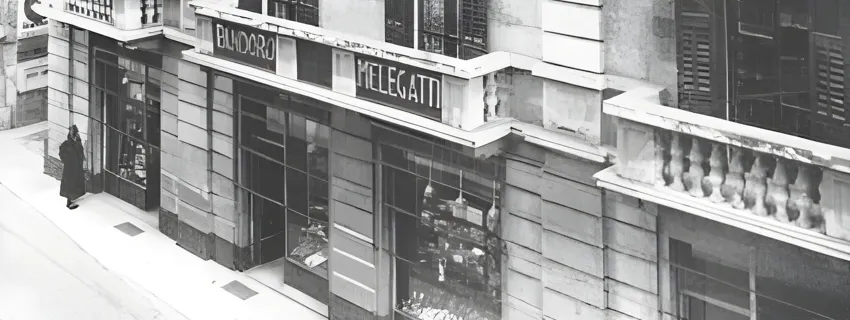
The history of Pandoro: the Pandoro by Melegatti.
Although nowadays the classic pandoro (and its many variations) is produced by many confectionery industries, not to mention the countless pastry shops, the most traditional, especially from a historical and moral point of view, is undoubtedly that of the Melegatti company in Verona. This factory, in business still today, is the true heir of Domenico Melegatti, the man who invented this specialty and patented it on 14 October 1894.

Pandoro vs Panettone.
Pandoro and Panettone are an unmissable couple during the ‘gastronomic Christmas’ of all Italians. From a certain point of view, the two sweet breads can be considered related to each other: their dough, for example, is made with, more or less, the same ingredients, as you can verify by looking at the following list:
Pandoro: flour, eggs, butter, icing sugar, milk, vanilla and yeast.
Panettone: flour, eggs, butter, sugar, sultanas, candied citrus and yeast.
The main difference between the two specialties is their preparation method, which influences characteristics such as:
ASPECT:
Pandoro: tall, with a truncated cone shape and an eight-pointed star cross section;
Panettone: low, cylindrical, with the typical ‘domed’ top;CONSISTENCY:
Pandoro: the dough is fine, full of very small cavities that make it soft and almost ‘silky’ on the palate;
Panettone: the cavities in its dough are wide, soft, and elastic;
AROMA:
Panettone: the typical fragrance of a leavened product, enriched by sugary and sweet-sour notes due to the presence of sultanas and candied fruit;
Pandoro: hints of butter, sugar and vanilla above all;CALORIES:
Pandoro: 390 kcals (per 100g);
Panettone: 330 kcals (per 100g);
What most distinguishes the two sweet breads is their personality: while Pandoro is slender, elegant, almost austere, suitable for fine and demanding palates, Panettone is instead robust, exuberant, full of warmth, loved by those who seek encounter at Christmas.
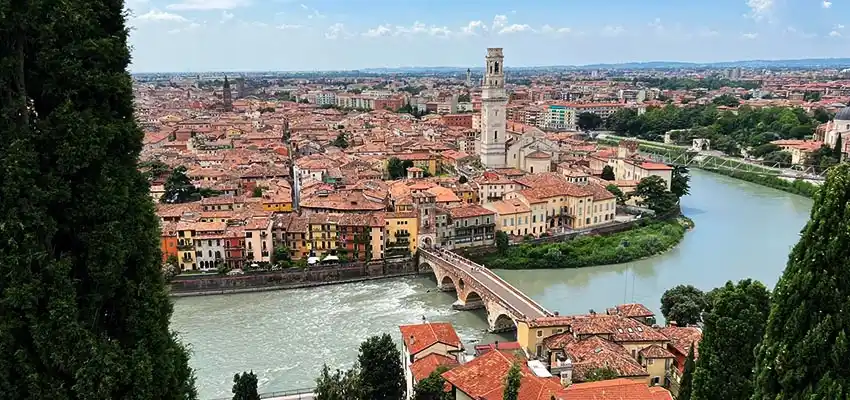
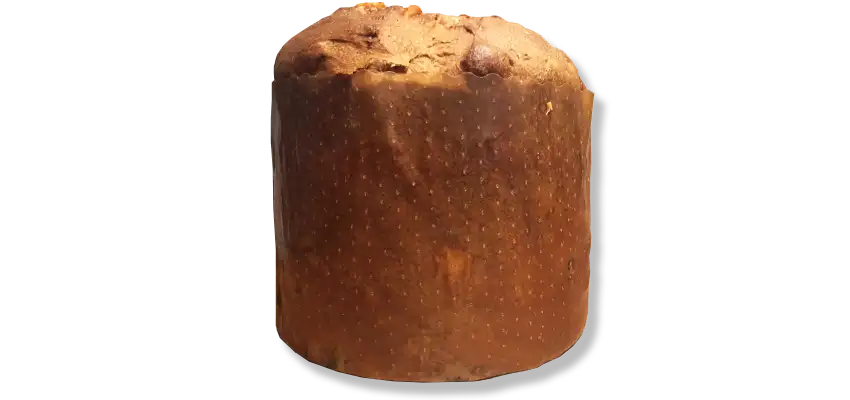
The mold and the shape of the Pandoro.
Few people know that the current shape of Pandoro is the result of a clever marketing operation, carried out at a time when this economic discipline did not exist (at least officially). In this regard it’s important to remember that, in 1894, Domenico Melegatti, the inventor of the sweet bread, asked the impressionist painter Angelo Dall’Oca Bianca to give his product a typical Christmas look. The artist designed a slender, truncated-conical mold with an octagonal section that, when viewed from above, resembled a star. The mold was promptly patented and soon proved to be one of the secrets behind the overwhelming success of the specialty.
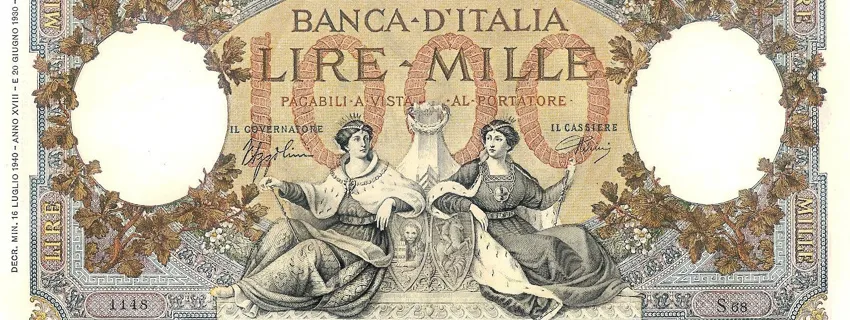
The history of Pandoro: the ‘challenge’ of the 1000 lire.
The Pandoro recipe was patented by Domenico Melegatti in October 1894. Right from the beginning, his sweet bread was a huge success: not surprisingly many confectioners tried to imitate it, despite a legal act that, at least formally, forbade them to do so. That’s exactly why Signor Domenico, provocatively, offered a prize of 1,000 lire (a considerable sum at the time) to anyone who could make a perfect copy of his invention. Needless to say, the competition was deserted by all the ‘’competitors’.

Food and gold: a bond that defies time.
The link between food and gold is older and deeper than you might think. Even if in the case of Pandoro this link is due to the color of the specialty, it’s worth remembering that in the past (and, to some extent, still today), it could happen that the most refined foods were covered with a thin sheet of the precious metal: a very ancient practice (adopted even by the Egyptians, according to some scholars), that has always aimed to reaffirm the opulence and, therefore, the power of the ruling class. It is thus no coincidence that it was particularly popular in some of the courts of the very rich Italian Renaissance.
Scopriamo tutto quanto c’è da sapere sul pandoro, dalla preparazione alle varianti, e molto altro ancora, nella guida completa che abbiamo dedicato alla dolce specialità natalizia.
Copyright information.
The images displayed in this page belong to WebFoodCulture, with the exception of:
Public Domain Images
- Melegatti Pastry Shop, Verona, 19th Century (Wikipedia Link)
- The last kiss, Francesco Hayez, 1823 (Wikipedia Link) {PD-Art} {PD-US}
Creative Commons Images
- Portrait of Cangrande della Scala, XVII Century, image by Frn_Brz (Wikipedia Link)
- 1000 Lire ‘Regina del mare’, immage by Hypergio (Wikipedia Link)



